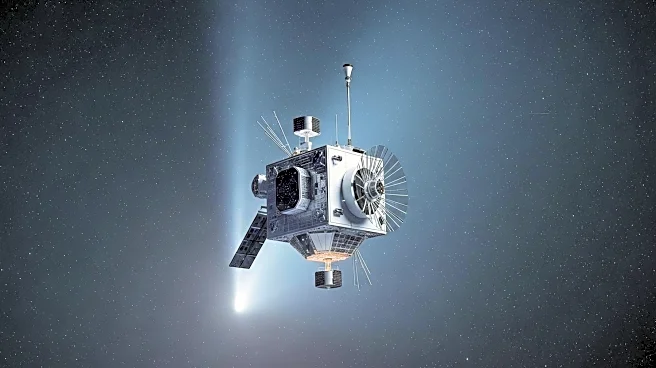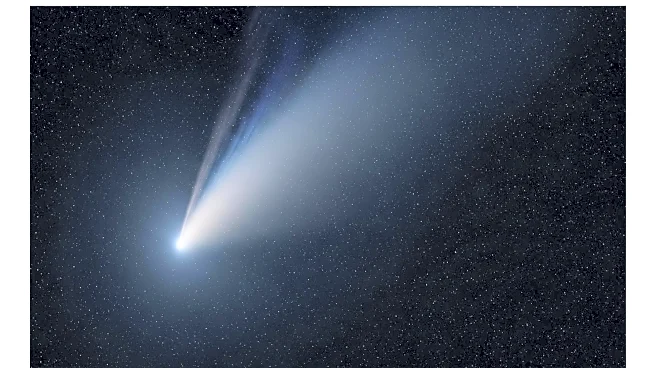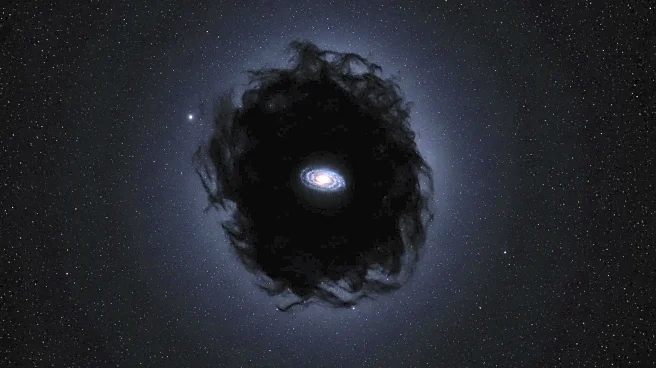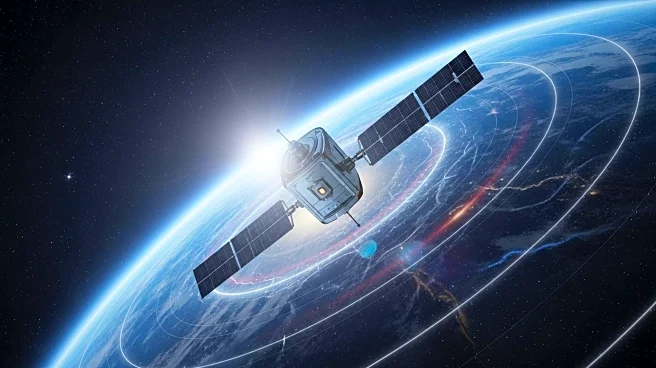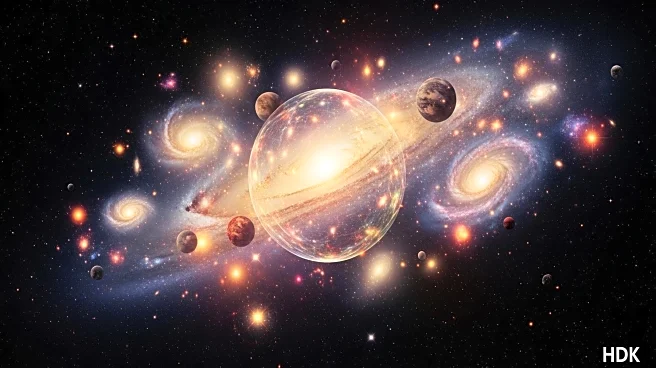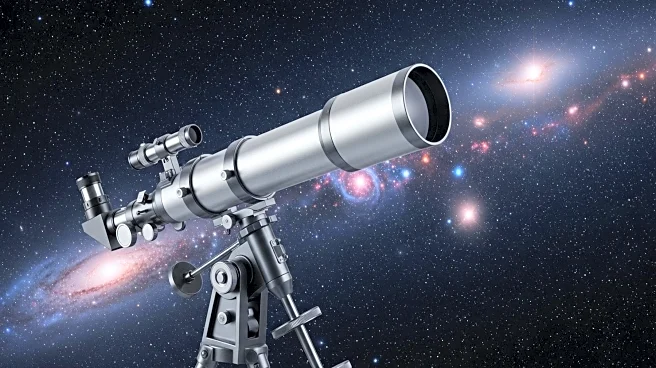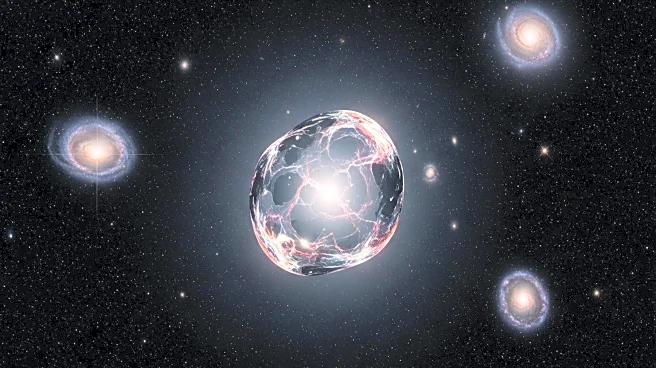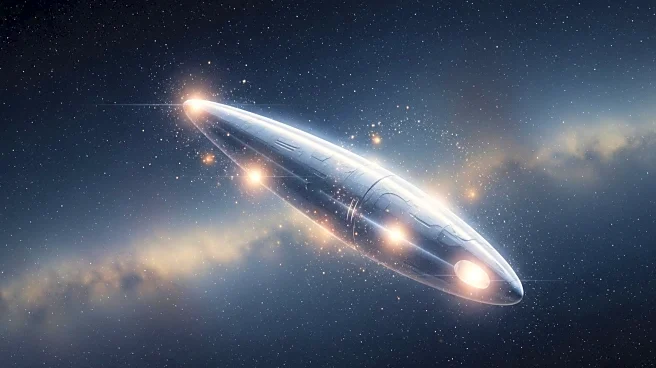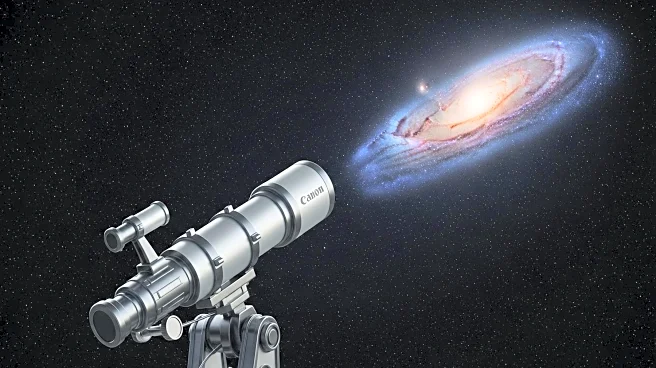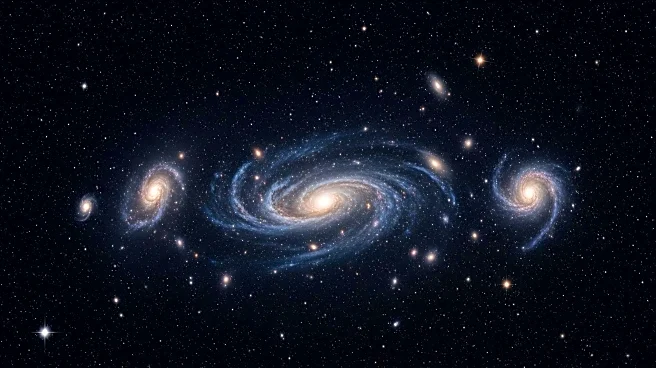What's Happening?
The Hubble Space Telescope, launched by NASA in 1990, remains a pivotal tool in astronomical research, particularly in addressing the 'Hubble tension.' This term refers to the discrepancy in measurements of the universe's expansion rate, known as the Hubble constant. Two primary methods are used to measure this rate: the 'standard ruler' approach, which involves cosmic microwave background and baryon acoustic oscillations, and the 'standard candle' approach, which uses objects like Cepheid variable stars and Type Ia supernovae. The former method suggests a Hubble constant of about 67 kilometers per second per megaparsec, while the latter indicates approximately 73 kilometers per second per megaparsec. This inconsistency has been a persistent puzzle for scientists, who are now closer than ever to resolving it.
Why It's Important?
The resolution of the Hubble tension is crucial for our understanding of the universe's expansion and its ultimate fate. A precise measurement of the Hubble constant could refine models of cosmic evolution and influence theories about dark energy, which is believed to drive the universe's accelerated expansion. The implications extend to various fields of astrophysics and cosmology, potentially affecting how scientists interpret data from other cosmic phenomena. Solving this mystery could also lead to a Nobel Prize, underscoring its significance in the scientific community.

